Private investor-owned utility Idaho Power plans to slash net metering rates for rooftop solar by as much as 60%. Net energy metering (NEM) is a process in which solar owners send their excess daytime production to the grid in exchange for credit on their utility bill, covering nighttime and cloudy day energy use. The process has been instrumental in launching distributed rooftop solar across the United States, helping homeowners secure a more resilient source of energy while saving on bills.
Those who follow the solar industry have heard a similar story numerous times before. There are ongoing high-profile NEM rulemaking cases in California and Florida, and more utilities continue to push the idea that local, distributed clean energy causes grid issues and cross-subsidization of the rich by the poor. These concepts have been debunked in California, and now an independent study of the Idaho energy market appears to have found critical issues with Idaho Power’s analysis of the value of rooftop solar.
“Idaho Power’s study fails to quantify important benefits of distributed solar that are known and measurable, will impact rates, and will benefit Idaho ratepayers and citizens,” said the report.
Idaho Power’s internal study determined that excess power generated by rooftop solar owners is worth 2.8 to 4 cents per kWh, while an independent study by Crossborder Energy determined that same energy is worth nearly five times that value at 18.3 cents per kWh. Currently, net metered rooftop solar is paid at the retail rate of energy, about 8 to 10 cents per kWh.

“This study shows what many of us already expected, that Idaho Power would use a biased approach to protect its own interests of owning and profiting from solar power,” said Lisa Young, Director of the Idaho Chapter of the Sierra Club. “Regulators need to step up here and make sure Idahoans interested in rooftop solar have a chance to produce their own affordable, clean energy.”
Crossborder determined that Idaho Power used outdated data and made poor assumptions to arrive at lower compensation rates. It neglected to include benefits like the long-term hedge against natural gas price volatility, rate impacts of carbon emissions, and infrastructure benefits like avoided line losses and transmission buildout deferral. It also over-valued the cost of integrating rooftop solar by a factor of five, said the study.
“Blaine County has set a goal to achieve 100% clean electricity by 2035. If Idaho Power doesn’t correctly value customer generated roof-top solar, it will hamper our ability to generate local electricity, an important tool to achieve this goal,” said Scott Runkel, member of Climate Action Coalition of the Wood River Valley.
The Idaho Public Utilities Commission (IPUC) is currently reviewing Idaho Power’s study, along with Crossborder’s independent study. Those interested in signing a petition to support fair rooftop solar rulemaking in Idaho can use this link provided by the Sierra Club Idaho.
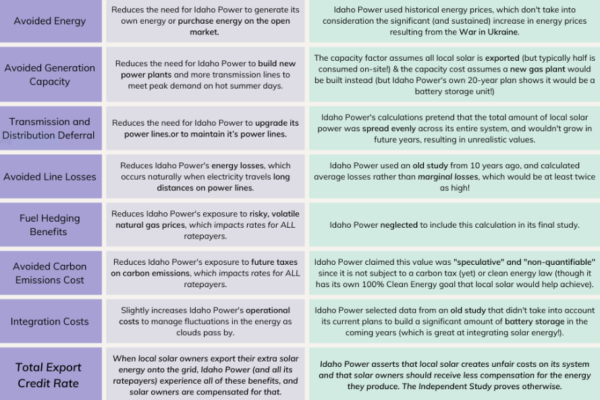
This content is protected by copyright and may not be reused. If you want to cooperate with us and would like to reuse some of our content, please contact: editors@pv-magazine.com.
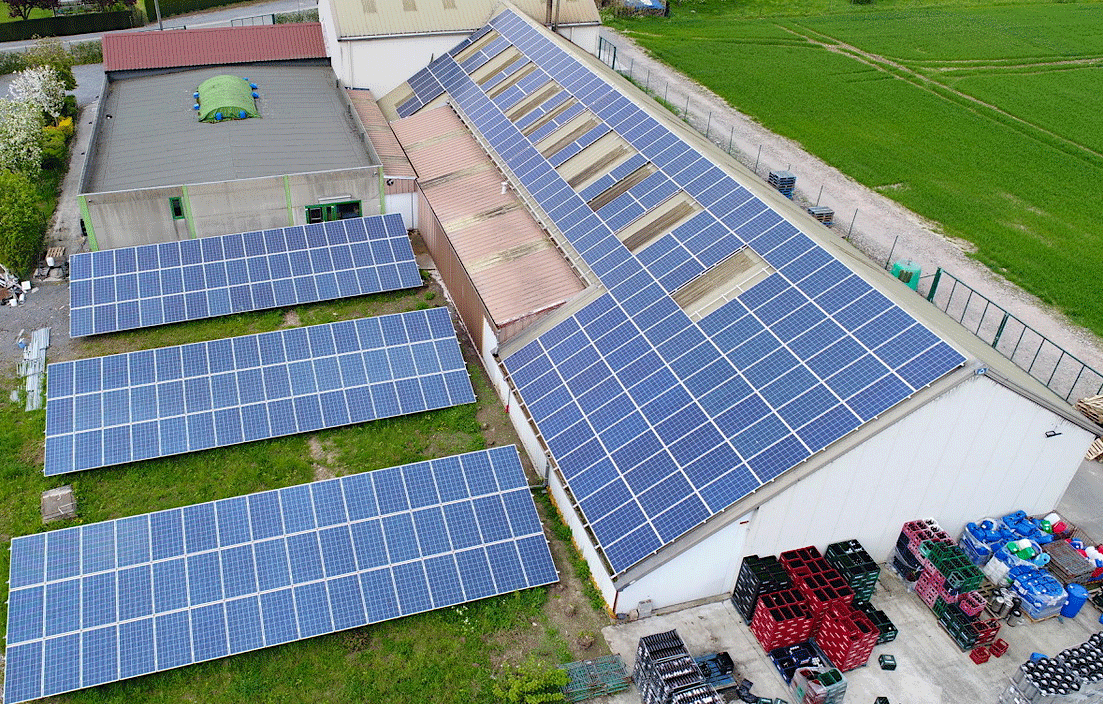
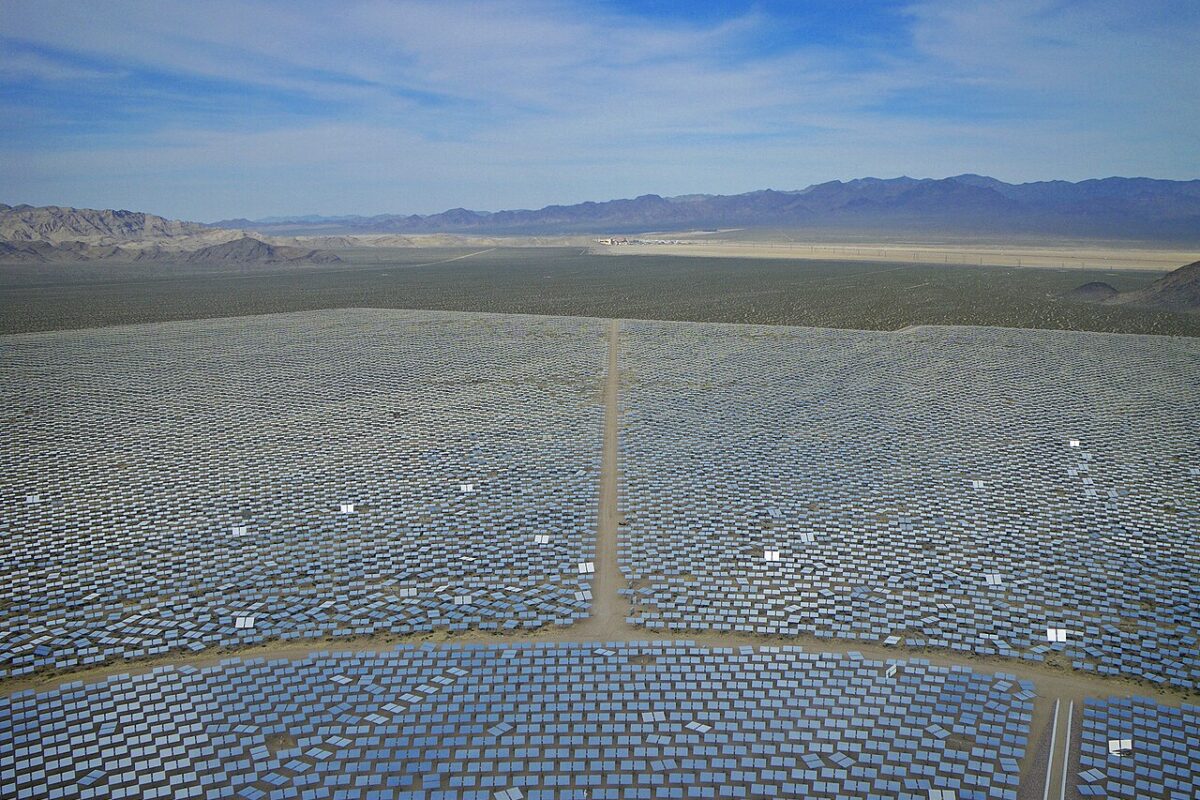


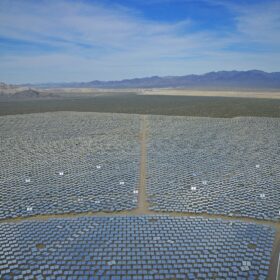
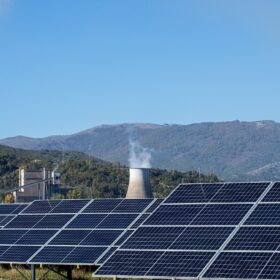


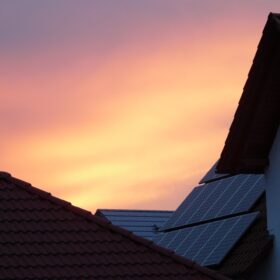
Republicans are pro-business and utilities are big business in Idaho. Solar is “environmental salvation” that the climate deniers will squeeze dry if they could. NEM 3.0 in California and NEM ?-? in Idaho is proof that rooftop solar works and is cutting into the fossil fuel industries profits. Getting some compensation from rooftop solar customers for the grid being used as long-term storage has been an issue that some states allowed an 80% credit for rooftop solar going to the grid letting the utility keep and re-sell 20% as compensation. Then the customer just installs more solar on their roof to optimize the output for both the customer and the utility that both profit from the venture. Utilities asking for more than 20% of the excess as compensation are basically do so to kill rooftop solar since they also lose the cheap energy themselves when customers just pull the plug and go Off-Grid.
Well, maybe choose to stay and fight the monopolies. Or maybe it’s a good time to leave Idaho anyway as it’s being overrun with hate groups like the Aryan Nations Church (also called Church of Jesus Christ Christian) and skinheads like that.
THESE “HEAD IN THE SAND” EXPERTS & STUDIES ARE UNABLE TO SEE/FACE THE REALITY THAT POLLUTION KILLS AND MAKES PEOPLE SUFFER EVERY DAY OF EVERY YEAR..
NOTHING PROPRIETARY IN GLOBAL POLLUTION…. READ ON …
• 9 MILLION PREMATURE DEATHS/YR
• 275 MILLION DALY OF HUMAN SUFFERING
• SOCIETAL COST OF POLLUTION.. $36.5 Trillion/yr
($1Million/Victim; $100,000/DALY of Year-Long Suffering)
• Global Energy Consumptoon … $120TWhrs/yr
• Avoided Cost by using Pollution Free Solar Electricity .. $0.31/KWhr (covers Carbon Emissions too)
AS SIMPLE AS ABCD… ALL THE DATA IS PROVIDED ABOVE… NOTHING HIDDEN, PROPRIETARY, CONFIDENTIAL.. HERE..
…. but these “QUOTED” Experts/Studies use “Every Figment of the Imagination” to fund their research and come up with ONLY $0.038 & $0.18/KWhr … TOTALLY IGNORING THE REAL BEAST .. KILLER… IN THE ROOM… HUMAN DEATH & SUFFERING CAUSED BY POLLUTION….AND $0.31/KWhr… OF SOCIETAL COST AVOIDED BY USE OF SOLAR ELECTRICITY THAT SHOULD BE CREDITED TO EVERY KWhr OF ELECTRICITY PRODUCED BY SOLAR INSTALLATIONS SO THAT POLLUTING FACILITIES CAN BE SHUTDOWN…. ASAP.. !!!
pvmagazine can do much better…???